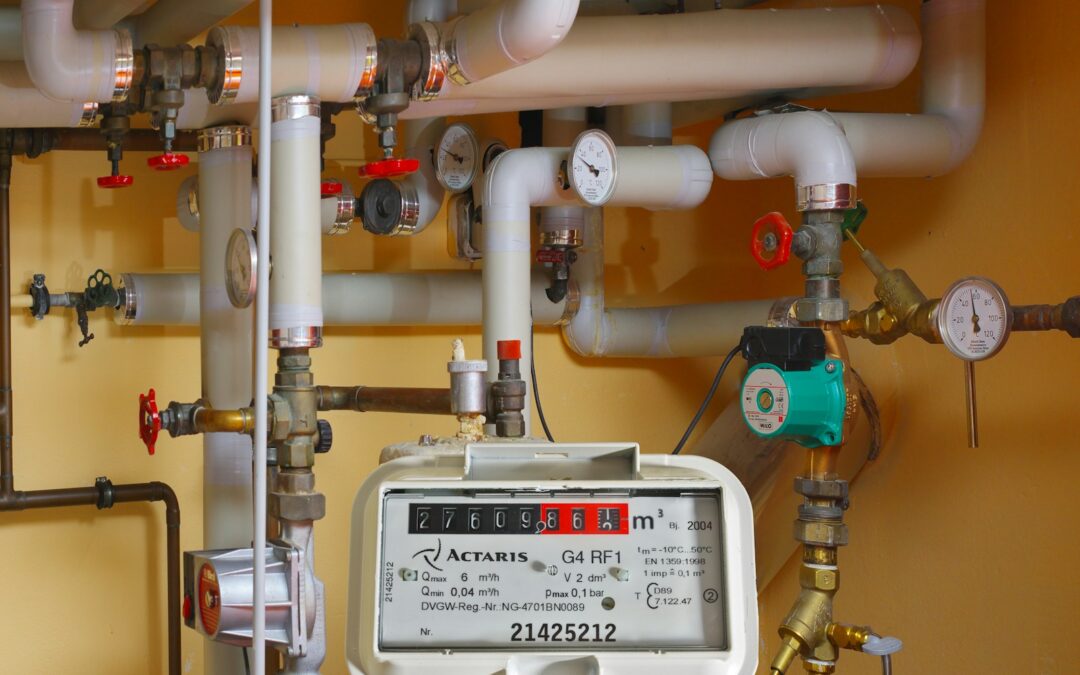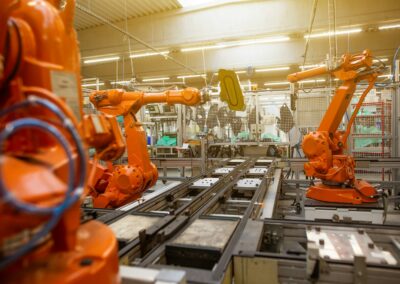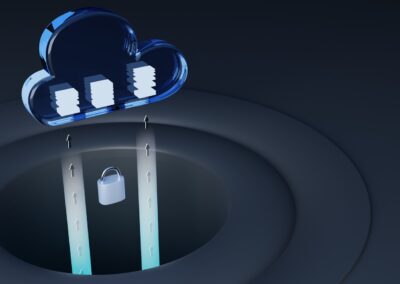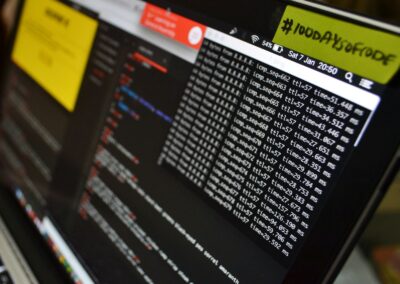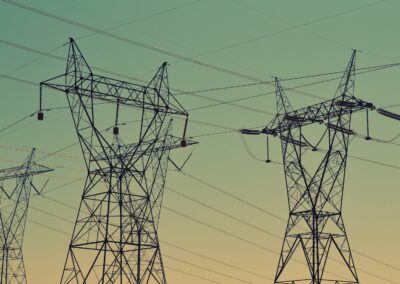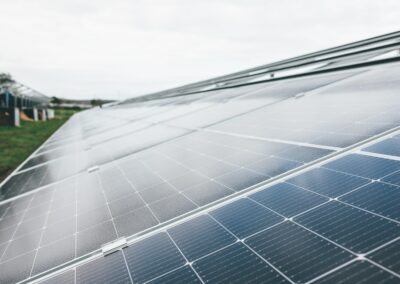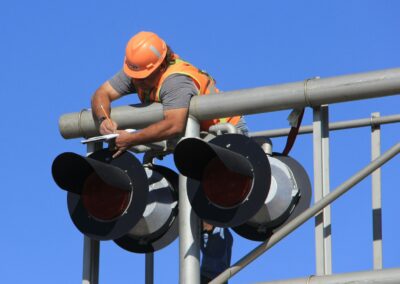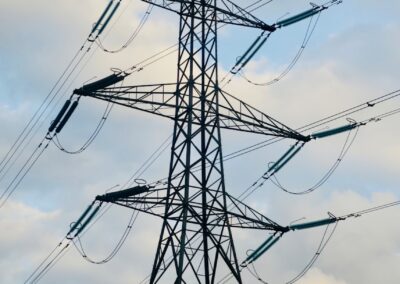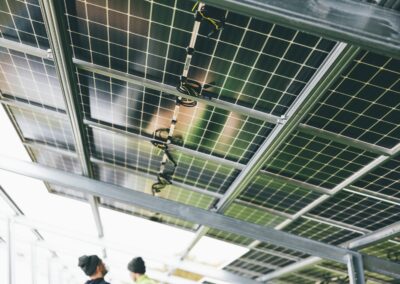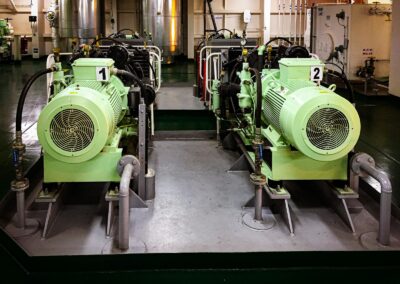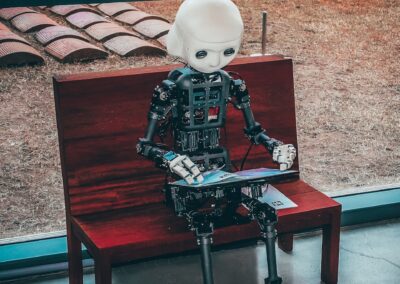Revolutionizing Energy Systems with Digital Twins
The Role of Digital Twins in Modern Energy Systems
Digital twins in energy systems have emerged as a revolutionary technology, offering unprecedented scalability and flexibility. A digital twin is a virtual representation of a physical system, which in this context, refers to the complex network of energy generation, distribution, and consumption. By leveraging real-time data and advanced analytics, digital twins enable precise monitoring, simulation, and optimization of energy systems, supporting the integration of new technologies and resources.
In regions like Saudi Arabia and the UAE, cities such as Riyadh and Dubai are leading the way in adopting innovative energy solutions. These cities are rapidly transitioning towards smart energy systems to meet their growing demands and sustainability goals. The implementation of digital twins can significantly enhance the efficiency and reliability of these systems, providing a robust framework for integrating renewable energy sources, managing grid stability, and reducing operational costs.
The primary advantage of digital twins lies in their ability to model and simulate various scenarios, allowing energy managers to predict and mitigate potential issues. For instance, by simulating the impact of integrating solar and wind energy into the grid, digital twins can help identify optimal configurations, ensuring a smooth and efficient transition to renewable energy. Additionally, they facilitate real-time monitoring and predictive maintenance, minimizing downtime and enhancing the overall resilience of energy systems.
Enhancing Scalability with Digital Twins
Scalability is a critical factor in modern energy systems, especially as the demand for energy continues to rise. Digital twins play a crucial role in enabling scalable energy solutions by providing a dynamic and adaptable platform. They allow for the seamless integration of new technologies and resources, such as renewable energy sources, energy storage systems, and smart grid technologies, without compromising system stability or efficiency.
In Saudi Arabia and the UAE, the scalability of energy systems is of paramount importance given the rapid urbanization and industrial growth. Digital twins offer a solution by creating a flexible and responsive energy infrastructure capable of adapting to changing demands. For example, they can simulate the impact of adding new solar farms or wind turbines, optimizing their placement and integration to maximize energy output and minimize disruptions.
Moreover, digital twins facilitate the efficient management of distributed energy resources (DERs), such as rooftop solar panels and electric vehicles. By creating a comprehensive digital representation of the entire energy ecosystem, they enable real-time coordination and optimization of these resources, enhancing grid stability and reducing the reliance on traditional fossil fuel-based power plants. This not only supports the scalability of energy systems but also contributes to sustainability goals by promoting the use of clean energy sources.
Flexibility and Adaptability in Energy Systems
Flexibility is another key advantage offered by digital twins in energy systems. As the energy landscape evolves, the ability to quickly adapt to new technologies, regulatory changes, and market conditions is essential. Digital twins provide the necessary flexibility by enabling continuous monitoring, analysis, and optimization of energy systems in real-time. This allows for proactive adjustments and improvements, ensuring that energy systems remain efficient and reliable.
In regions like Riyadh and Dubai, where energy demands can fluctuate significantly, the flexibility provided by digital twins is invaluable. For instance, during periods of high energy consumption, digital twins can optimize the distribution of energy resources, ensuring that supply meets demand without overloading the grid. Similarly, during periods of low demand, they can adjust energy production to prevent wastage and reduce operational costs.
Furthermore, digital twins support the integration of emerging technologies, such as artificial intelligence (AI) and blockchain, into energy systems. AI can enhance the predictive capabilities of digital twins, enabling more accurate forecasting and decision-making. Blockchain, on the other hand, can improve transparency and security in energy transactions, facilitating the development of decentralized energy markets. By incorporating these technologies, digital twins can further enhance the flexibility and adaptability of energy systems.
Implementing Digital Twins in Energy Systems
Challenges and Solutions for Digital Twin Integration
Despite the numerous benefits, integrating digital twins into existing energy systems presents several challenges. One of the primary challenges is the high initial investment required for setting up digital twin infrastructure. This includes the cost of hardware, software, and skilled personnel. To overcome this challenge, energy companies can adopt a phased approach, starting with pilot projects to demonstrate the value and feasibility of digital twins. Governments and regulatory bodies in Saudi Arabia and the UAE can also provide incentives and support to encourage the adoption of digital twins.
Data management is another significant challenge. Digital twins rely on vast amounts of data from various sources, including IoT devices, sensors, and legacy systems. Ensuring the accuracy, consistency, and security of this data is crucial for the effective functioning of digital twins. Implementing robust data management frameworks, adopting standardized data formats, and leveraging advanced data analytics can help address these challenges. Additionally, collaboration with technology providers can facilitate the integration of digital twins into existing energy systems.
Interoperability is also a critical consideration. Energy systems involve multiple stakeholders, each using different technologies and platforms. Ensuring that these systems can communicate and share data effectively is essential for creating a cohesive digital twin environment. Adopting open standards and APIs can facilitate interoperability, allowing various systems to work together seamlessly. Encouraging collaboration among stakeholders and promoting the use of compatible technologies can further enhance interoperability.
Case Studies: Digital Twins in Action
Several successful case studies highlight the potential of digital twins in transforming energy systems. In Saudi Arabia, the NEOM project is a prime example of leveraging digital twin technology for smart city development. NEOM aims to create a sustainable and technologically advanced city, with digital twins playing a crucial role in optimizing energy systems, enhancing infrastructure management, and ensuring efficient resource utilization.
In Dubai, the Dubai Electricity and Water Authority (DEWA) has implemented digital twin technology to improve the performance and reliability of its energy grid. By creating a digital replica of the entire energy network, DEWA can monitor and analyze real-time data, predict and prevent potential issues, and optimize energy distribution. This has resulted in significant improvements in operational efficiency and cost savings, demonstrating the value of digital twins in modern energy systems.
These case studies illustrate the practical benefits of digital twins and provide valuable insights for other regions looking to adopt this technology. By learning from these examples and implementing best practices, energy companies in Riyadh and other parts of the UAE can successfully integrate digital twins into their energy systems, achieving greater scalability, flexibility, and sustainability.
Conclusion: The Future of Energy Systems with Digital Twins
Digital twins are set to revolutionize energy systems by enhancing scalability, flexibility, and efficiency. As Saudi Arabia, the UAE, and other regions continue to pursue ambitious sustainability goals and smart city initiatives, the adoption of digital twin technology will play a pivotal role in achieving these objectives. By addressing the challenges of integration and leveraging the benefits of digital twins, energy companies can create resilient and adaptable energy systems that meet the evolving demands of the modern world.
In conclusion, digital twins offer a powerful tool for transforming energy systems, supporting the integration of renewable energy sources, enhancing grid stability, and optimizing resource utilization. By investing in digital twin technology and fostering collaboration among stakeholders, regions like Riyadh and Dubai can lead the way in creating sustainable and efficient energy infrastructures. The future of energy lies in the seamless integration of digital twins, enabling a smarter, more connected, and sustainable world.
—
#DigitalTwins #EnergySystems #ModernTechnology #SmartEnergy #RenewableEnergy #BusinessSuccess #ProjectManagement #LeadershipSkills #SaudiArabia #UAE #Riyadh #Dubai

